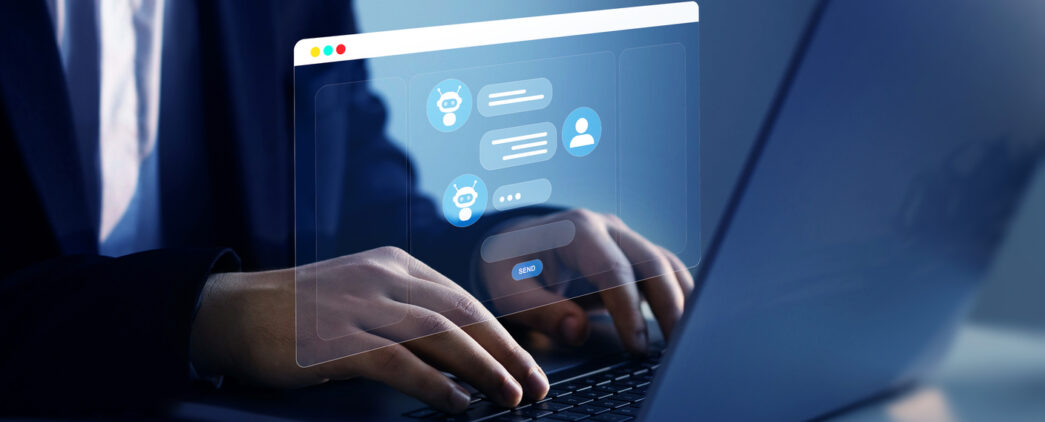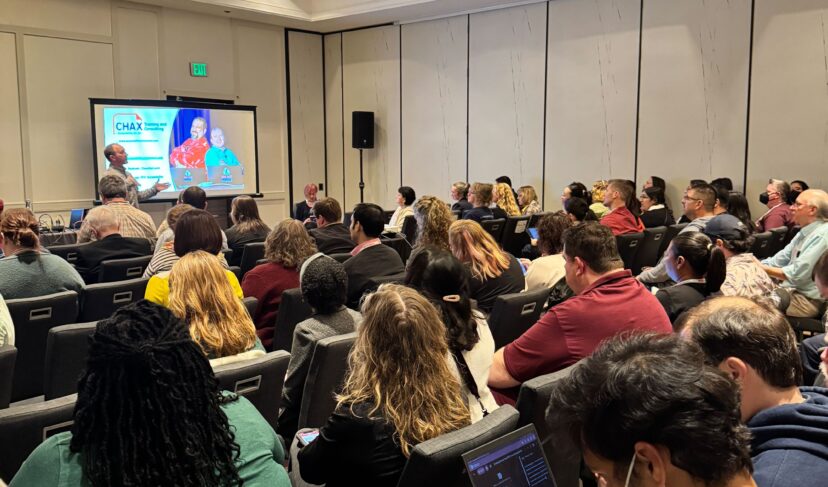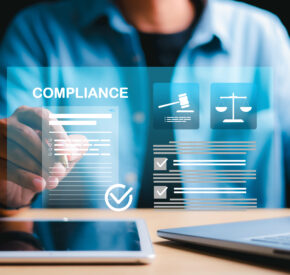When Accessible Features Break
A personal story of persistence, advocacy, and the power of allyship

As a blind employee who uses a PC running Jaws and an IPhone with Voiceover, I can’t take digital accessibility for granted. Getting comfortable, assuming your technology will always work and that nothing will change, is human. In a way, all humans learn over and over again that the only certainty is change. It’s just that people with disabilities learn this in unique ways. We’re usually alone when we experience a technology disruption. The change does not affect those around us, so there’s always the question, “Did I do something wrong?” or “Am I making this up?” Or maybe worst of all, “How am I now going to burden my colleagues?”
That was the case one December morning as I opened the Slack app on my phone, and it updated behind the scenes. One moment, it worked. The next moment, Voiceover and Slack read conversations without name labels. I couldn’t tell which conversation was with whom until I opened them and read the individual messages. Now, if I were to use my phone for Slack messaging, it would take significantly more time to communicate.
I also could not react to a message as quickly and easily. Before the update, I could swipe down with a finger to bring up the “add reaction” button. Now I could only add a reaction that someone else had already added with that gesture. Eventually, I figured out that a hard long press down on the message would bring up a hidden submenu where I could scroll and then find a way to react, but figuring that out took a while, and even after that, I was keenly aware of the discomfort of the gesture, and the time I was losing.
Part of my job at Tamman is to report accessibility issues to outside vendors. I hadn’t had the best luck with companies lately, so I was happy to reach out to Slack, which has always been helpful, transparent, and receptive in accessibility help messages. They even have an accessibility help division with people who seem to know what I’m talking about when I bring up assistive technology! A representative got back to me within the hour, letting me know that a number of users had reported the major bug, lost conversational attributes, and they would rush a fix through.
And they did. One update later, they had fixed the conversation labels bug (whew!), but the adding reactions bug remained. It’s almost funny to write about a problem with reaction emojis as an accessibility problem. But as a remote company, where we don’t work face to face or always hear each other’s voices, reaction emojis are gold. And although my job enables me to work alone, my working alone involves communication with colleagues all day long.
I sent Slack a few more messages, because this time it took a couple of nudges to make sure they addressed the second bug. I get it. Competing priorities and the finite resources of gifted engineers and developers, time, and money. However, they did address it, and now the app works well again!
Why was this important?
I told someone recently that if you care about accessibility, you are already halfway there, and it’s absolutely true. I do not believe that people or companies intentionally want to exclude people, but they do. It’s not about perfection, it’s about progress. Are you a company that is willing to admit that among all those competing directives and priorities that you may be missing out on including the vast array of people who use assistive technology? Simply adding personas and considering users that may have use constraints in your work is part of the work. On a more personal level, this was a win after a string of experiences contacting companies and getting half-hearted responses.
More specifically for Slack, depending on what I’m doing, some processes are easier on the computer, and others are easier on the phone. Believe it or not, using Slack most effectively means that I go back and forth between devices. So, although I technically had backup solutions during this interim period, using Slack took significantly more time with these bugs. So I decided that persistence was my only viable course of action.
What made it easier?
Of course, having more than one device helped, so there was always a backup solution.
Patience helped. (I didn’t always have patience, but I could usually fake it when I didn’t.) Reminding myself that the bug could be so much worse, that at least I could still communicate with my colleagues, was important during that long wait.
But really, having allies always helps. Very early in my job, I experienced a three-day-long accessibility setback in another platform just before our company’s annual major in-person retreat, and I was terrified. Bringing it up meant I would face all of my worst fears as a person with a disability. What was wrong with me? Was I making this up? How much would I burden my colleagues by telling them I could not perform a supposedly simple job I had been given? When I sheepishly admitted I was having an accessibility problem in our companywide Slack accessibility channel, so many colleagues jumped in. Some proposed different solutions, which were certainly worth trying out to figure out where the problem was happening. Others opened screen readers on their computers and said they experienced the same problem. Still others opened accessibility support tickets. I was not fired. I was supported by my new colleagues.
So when I came across this bug, I knew that I would receive support on the current Slack issue, and I did. During every one-on-one in the month and a half of communication with Slack, my manager would ask me how that Slack bug fix was going. I knew if it got really bad, I could let anyone know I needed help, and I would get it. That was huge.
What are my takeaways?
- Receptive help desks are amazing! Many companies don’t have them; the ones who do, like Slack and Tamman/Chax, are like gold. One of the biggest reasons I lose accessibility battles is that either I need to do better at helping someone understand why this is important, or the person receiving the complaint doesn’t fully understand the type of solution the company needs to implement or feels that they do not have the power to push that solution through.
- Persistence is crucial. Even with a receptive team, accessibility problems or enhancements will come up against many competing priorities, so continuing to hold a company accountable or making sure they understand the problem sometimes takes several tries.
- Anyone, regardless of their qualifications, can take some time to let companies know about their user experiences, especially if they have deteriorated. It isn’t always easy, but it can have an impact!
Moving forward
Accessibility barriers can be physical, technological, or communication-based, and they all come down to the attitudinal barriers of fear, pity, and inspiration. As the landscape of the law changes, we may face more accessibility attitude hurdles than ever. The small advocacy wins now build our resilience to overcome the larger accessibility challenges in the days ahead of us. Each user experience helps. Being an ally helps. Whether you are a user, an ally, or more likely both, this type of work creates a culture of caring, in which our collective effort helps. So while I’m happy about the win, it highlights the crucial work of improving and maintaining accessibility, one website, app, and interaction at a time.
___
Kristen Witucki is a Tamman partner and contributor. A published author and educator, she brings her lived experience and perspective as a woman who is blind to the Tamman Team.





